Creating a Year-Round Flower Garden: A Symphony of Blooms throughout the Seasons
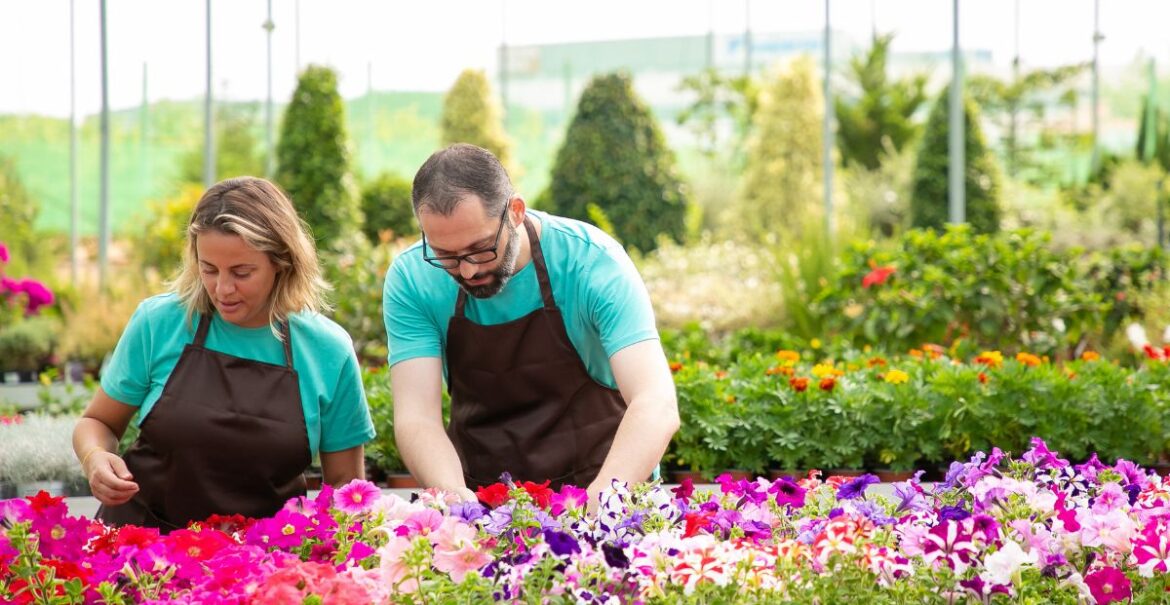
Imagine stepping outside on a crisp January morning and being greeted by the cheerful faces of winter pansies. Or picture yourself unwinding on your patio in the heart of summer, surrounded by a kaleidoscope of vibrant zinnias and fragrant petunias. A year-round flower garden isn’t just a whimsical fantasy; it’s a reality achievable with careful planning and plant selection.
This comprehensive guide equips you with the knowledge and strategies to transform your garden into a haven of color, no matter the season. We’ll explore essential considerations, plant recommendations for each season, and practical tips for ensuring your floral display thrives all year long.
Understanding Your Growing Zone: The Foundation for Success
The very first step to achieving year-round blooms is understanding your USDA Hardiness Zone. This classification system, established by the United States Department of Agriculture, indicates the average minimum winter temperature in your region. Knowing your zone is crucial because it helps you choose plants that can withstand your local climate and thrive throughout the year. Plants labeled with specific hardiness zones will tell you if they’re suited to your local conditions.
Explore your USDA Hardiness Zone: You can find your zone by entering your zip code on the USDA website: https://planthardiness.ars.usda.gov/
Planning for Perpetual Beauty: A Seasonal Approach
Now that you understand your growing zone, let’s delve into the specifics of creating a year-round flower garden. We’ll break it down season by season, offering plant recommendations, planting tips, and design considerations to ensure a continuous display of color:
Spring:
- Early Bloomers: Welcome the arrival of spring with a burst of color from pansies, violas, tulips, daffodils, and hyacinths. These cool-season beauties often bloom before the last frost and add a cheerful touch to the awakening garden.
- Planting Tips: Plant spring-flowering bulbs in the fall before the ground freezes. Aim for 6-8 weeks before the first hard frost in your area. For even earlier spring blooms, consider starting some pansies and violas indoors from seed 6-8 weeks before the last frost. When planting bulbs, ensure they’re placed at the appropriate depth according to the specific variety.
- Design Considerations: Plant early bloomers in well-drained beds that receive full sun. Group them to create pockets of vibrant color that will brighten up your garden as winter fades.
Summer:
- Showstopping Stars: Summer is prime time for vibrant displays. Opt for heat-loving annuals like petunias, marigolds, zinnias, cosmos, and celosia. These beauties come in a diverse range of colors and bloom shapes, ensuring a dazzling display throughout the hot summer months. For a touch of whimsy, consider adding sunflowers (Helianthus annuus) to the mix. Their tall, cheerful presence and large, golden blooms are guaranteed to attract attention.
- Planting Tips: Direct sow summer annuals after the danger of frost has passed and the soil has warmed. Most summer annuals thrive in full sun, so be sure to choose a location that receives at least 6-8 hours of sunlight per day. Deadheading blooms throughout the season are essential to encourage continuous flowering. Simply pinch or snip off the faded flower head just above the next set of leaves.
- Design Considerations: When planting summer annuals, consider the mature height and spread of each variety. Create a visually interesting display by grouping taller plants towards the back of the border and shorter varieties in the front.
Fall:
- Embracing Autumnal Hues: Extend your floral season with stunning fall bloomers like chrysanthemums, asters, dahlias, and ornamental grasses. These beauties offer a spectrum of warm colors and textures, creating a captivating display as summer fades.
- Planting Tips: Plant fall-blooming perennials like chrysanthemums and asters in the spring or early summer. These plants will establish themselves throughout the growing season and reward you with vibrant blooms come fall. Tender perennials like dahlias may require digging up the tubers and storing them over winter in colder climates (zones 6 and below). Consult specific planting instructions for the dahlia varieties you choose.
- Design Considerations: Fall is a time for rich, warm colors. Plant fall-blooming perennials alongside ornamental grasses like feather reed grass (Calamagrostis acutiflora) or maiden grass (Miscanthus sinensis) to create a textural contrast and add movement to your garden borders.
Winter:
- Evergreen Elegance: Even in the depths of winter, your garden can maintain visual interest. Plant evergreen shrubs like holly, boxwood, and winterberry for a touch of green that persists throughout the colder months. Additionally, consider winter-flowering plants like witch hazel (Hamamelis spp.) and hellebores (Helleborus niger), which offer a burst of color amidst the cooler temperatures. These winter bloomers are a welcome sight when much of the garden appears dormant.
- Planting Tips: Evergreen shrubs can be planted throughout the growing season, but fall is generally the best time. This allows them to establish a good root system before the harsh winter arrives. Winter-flowering plants like hellebores prefer well-drained soil and partial shade. Plant them in a location that receives some morning sun but protection from the afternoon sun, especially in warmer climates.
- Design Considerations: When incorporating evergreen shrubs into your year-round garden design, consider their mature size and shape. Some evergreens, like holly (Ilex spp.), can grow quite large, so be sure to choose varieties suited to your available space. Winter-flowering plants like witch hazel and hellebores can be tucked into shady nooks or used as low-growing groundcovers beneath taller evergreens.
Design and Maintenance: Creating a Thriving Floral Tapestry
- Planning and Layout: Sketch a garden design that incorporates plants with different bloom times, heights, and colors. Group plants with similar watering needs together for efficient maintenance.
- Succession Planting: To maximize your floral display, practice succession planting. Plant cool-season vegetables or herbs in between summer annuals to create a continuous flow of color.
- Mulch Magic: Apply a layer of organic mulch around your plants. Mulch helps retain moisture, suppress weeds, and regulate soil temperature, all crucial factors for healthy blooms.
- Proper Watering: Water your plants deeply and regularly, especially during hot and dry periods. Aim to water at the base of the plant to encourage root growth.
- Deadheading Delights: Regularly remove spent blooms from your plants. This encourages continuous flowering and keeps your garden looking its best.
Bonus Tip: Container Gardening Magic!
Don’t have a sprawling yard? No problem! Container gardening allows you to create a vibrant display of flowers on balconies, patios, or even small courtyards. Choose containers with adequate drainage and select plants suited for your container size and sunlight conditions.
Creating a year-round flower garden requires thoughtful planning, diverse plant selection, and diligent maintenance. By understanding the needs of your garden space and incorporating a variety of plants that bloom in different seasons, you can enjoy continuous color and interest throughout the year. Embrace the joy of gardening and transform your outdoor space into a vibrant, ever-changing landscape that delights in every season. Happy gardening!


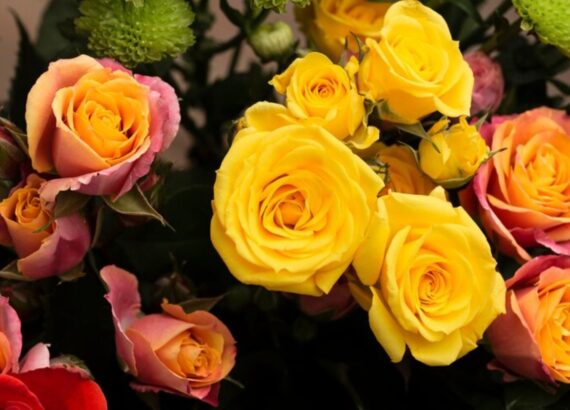
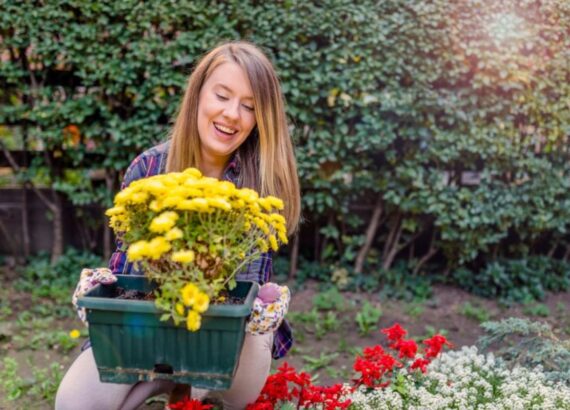

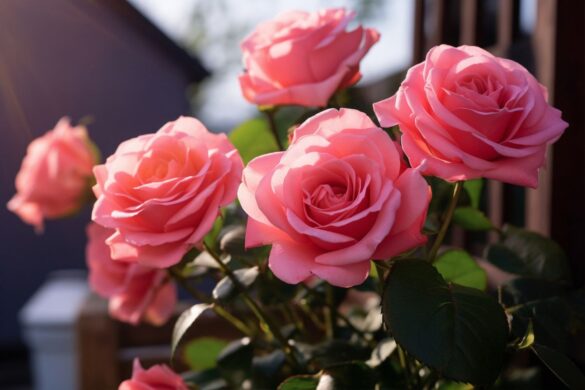
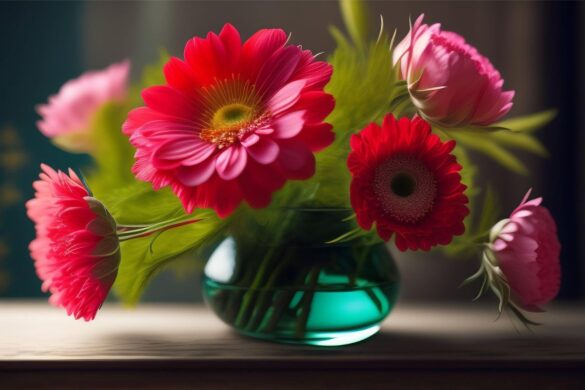
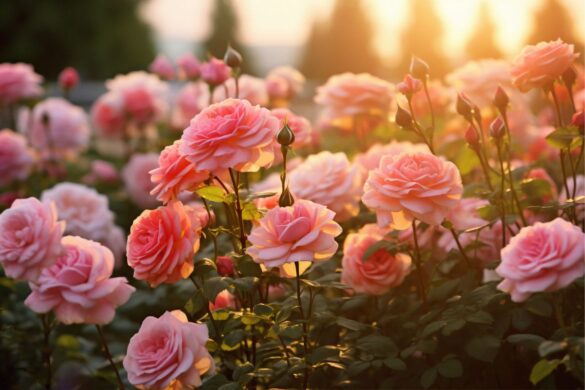
No Comments